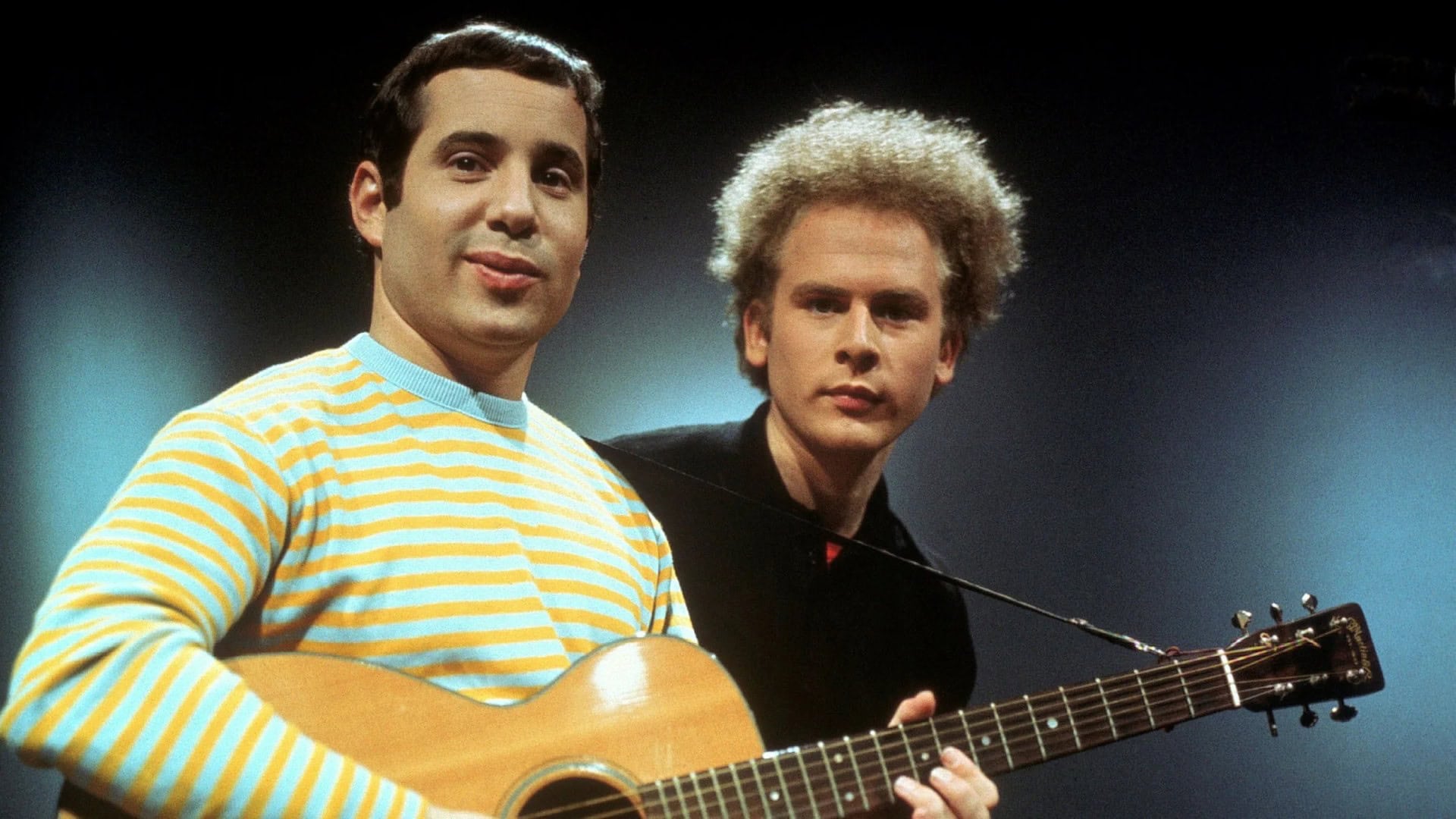
About the song
In the realm of folk music, few songs have achieved the enduring power and cultural significance of Simon & Garfunkel’s “The Sound of Silence.” Released in 1964, this hauntingly beautiful ballad, with its enigmatic lyrics and evocative melody, has captivated listeners for generations, transcending time and genre to become an enduring anthem for those who seek solace and understanding in a world often filled with noise and misunderstanding.
The song’s origins can be traced back to the creative partnership of Paul Simon and Art Garfunkel, two young musicians who met in high school in Queens, New York. Their musical journey began in the early 1960s, amidst the vibrant folk music scene of Greenwich Village. As their voices and songwriting talents intertwined, they quickly gained recognition for their unique harmonies and introspective lyrics.
“The Sound of Silence” emerged during a period of social and political upheaval in the United States, a time marked by the Vietnam War, the Civil Rights Movement, and a growing sense of disillusionment among the younger generation. Amidst this backdrop, Simon penned the song’s lyrics, capturing the profound sense of isolation and disconnect that many felt in a world seemingly consumed by noise and superficiality.
The song opens with the stark and melancholic lines, “Hello darkness, my old friend / I’ve come to talk with you again.” These words set the stage for a journey into the depths of human solitude, where silence is not merely the absence of sound but a metaphor for the profound disconnect between individuals and the deafening clamor of a society that often fails to listen.
The verses that follow paint vivid pictures of a world where communication has broken down, where people “write their words in the sand” only to see them washed away by the tide, and where “voices cry and whisper” but are met with silence. These poignant images underscore the song’s central theme – the profound loneliness and isolation that can exist even in the midst of crowds.
The chorus, with its haunting refrain, “Hello darkness, my old friend / I’ve come to talk with you again,” serves as a constant reminder of the pervasive silence that surrounds the protagonist. It is a silence that is both comforting and unsettling, a refuge from the chaos of the world yet a stark reminder of one’s own solitude.
“The Sound of Silence” was initially released in 1964 on Simon & Garfunkel’s debut album, “Wednesday Morning, 3 A.M.” However, the song failed to gain significant traction at the time, overshadowed by the more upbeat and radio-friendly tunes of the era. It was not until 1965, when a remixed version of the song was released, that “The Sound of Silence” finally found its audience.
The remixed version, with its more prominent guitar work and dramatic arrangement, captured the attention of radio stations and listeners alike. The song quickly climbed the charts, reaching number one on the Billboard Hot 100 in 1966. Its popularity propelled Simon & Garfunkel into stardom, establishing them as one of the most iconic duos in folk music history.
The success of “The Sound of Silence” extended far beyond the United States, topping charts around the world and becoming an anthem for a generation grappling with the complexities of human connection and the yearning for genuine understanding. The song’s enduring appeal lies in its ability to capture the universal human experience of loneliness and isolation, while also offering a glimmer of hope for connection and understanding.
Simon & Garfunkel’s “The Sound of Silence” remains a timeless masterpiece, its haunting melody and evocative lyrics continuing to resonate with listeners across generations. It is a song that speaks to the depths of the human condition, reminding us of the power of silence, the importance of communication, and the enduring need for connection in a world that often seems filled with noise and misunderstanding.